Indirizzo
304 Il cardinale nord S.
Dorchester Center, MA 02124
Ore di lavoro
Dal lunedì al venerdì: 7:00 - 19:00
Fine settimana: 10:00 - 17:00
Shandong Expert Medical Equipment Group
Expert Medical Equipment Group, in qualità di uno dei produttori ed esportatori di apparecchiature mediche più professionali in Cina, insiste nel fornire prodotti di qualità superiore, sicurezza e affidabilità, nonché i migliori servizi post-vendita al mercato mondiale.


La serie di tavoli operatori Expert Medical soddisfa pienamente i requisiti di chirurgia generale, cuore, testa, collo, cavità toracica e altre operazioni chirurgiche.
Le serie di lampade operatorie Expert Medical sono coinvolte in vari campi di illuminazione chirurgica e sistema di illuminazione ausiliaria.
Il medico esperto fornisce vari tipi di letti per terapia intensiva e infermieristica ospedalieri dal design davvero bello e durevoli da usare.
Sono postazioni di lavoro ideali per gas medicinali, alimentatori, piattaforme per strumenti, rack per pompe per infusione e terminali di uscita di rete negli ospedali.
I prodotti medici non sono ammessi irregolarità. Possediamo il miglior ingegnere tecnico per partecipare alla progettazione e valutazione del prodotto, impegnati a fornire un servizio efficiente e di alto livello a tutti i clienti.
Oltre alla produzione di apparecchiature mediche, ci impegniamo anche nella ricerca e nello sviluppo di industrie moderne e ad alta tecnologia, supportiamo le istituzioni mediche per migliorare l'effetto diagnostico e terapeutico in varie malattie.
Expert Medical è impegnata nella produzione di apparecchiature mediche e nell'assistenza tecnica da oltre 17 anni, continua a fornire informazioni di mercato tempestive e supporto tecnico a tutti i clienti, con un team tecnico professionale per soddisfare i vari requisiti del servizio pre-vendita e post-vendita.
Expert Medical si trova nella città di Qufu, nella provincia di Shandong, che è il più grande distretto industriale di apparecchiature chirurgiche in Cina e persino nel mondo. I nostri prodotti principali sono: serie di lampade chirurgiche, serie di tavoli chirurgici, ciondolo medico, serie di letti medici ecc., più di 200 specifiche.

AMIAMO QUELLO CHE FACCIAMO
È meglio essere un buon specialista in un'attività rispetto alla media in diversi settori.
Il nostro team di progettazione e produzione di apparecchiature mediche è ben consapevole delle esigenze di pazienti e medici. Pertanto, siamo certi di essere esperti nel settore delle apparecchiature mediche.
Siamo uno dei principali produttori di apparecchiature mediche ad alta tecnologia e i prodotti sono ampiamente distribuiti negli ospedali e nelle cliniche di tutto il mondo e supportati da un'ampia rete di distributori.
Tutte le fasi di produzione dei nostri prodotti sono sotto stretto controllo e ogni passaggio è sottoposto a controlli e test di qualità precisi e professionali. Tutti i prodotti hanno prestazioni quasi perfette nella pratica medica.
Oltre alle attrezzature operative chirurgiche di base e agli strumenti ospedalieri, produciamo e forniamo anche apparecchiature diagnostiche mediche, dispositivi di trattamento e recupero digitali e altre serie di prodotti, centinaia di varietà e specifiche per soddisfare vari requisiti. Quindi siamo sicuri di essere il tuo unico interrompere il fornitore di soluzioni per apparecchiature mediche.
In qualità di produttore di apparecchiature mediche one-stop professionale, EXPERT MEDICAL possiede una catena di fornitura integrata per fornire una gamma completa di servizi di apparecchiature mediche per sale operatorie, aree di terapia intensiva e istituti di cure primarie ecc., Con moderne tecnologie di produzione e rigorosi controlli dei costi, forniamo i prodotti più convenienti per tutti i nostri clienti.

Dai letti di base, mobili e carrelli medici alle apparecchiature per sale operatorie, test diagnostici e fisioterapia riabilitativa, l'esperienza del team di esperti di attrezzature mediche nella gestione dei rischi e dei progetti ci rende il fornitore preferito per gli ospedali in oltre 70 paesi. Continueremo inoltre a sfruttare appieno i nostri vantaggi e a fornire attrezzature mediche professionali.
Il nostro asse principale è l'innovazione costante; ci impegniamo per il continuo sviluppo e implementazione di nuovi standard di qualità dei prodotti e di efficienza del servizio. Abbiamo accumulato molti brevetti tecnici e certificazioni registrati. Mentre ci sforziamo di fornire la migliore esperienza ai nostri clienti e di contribuire al miglioramento e alla modernizzazione dei sistemi sanitari in tutto il mondo.
EXPERT MEDICAL non solo vendita di prodotti, forniamo anche la formazione e l'istruzione adeguate per l'installazione per assistere i clienti nell'esecuzione dei lavori con gli standard più elevati. C'è un elemento etico in tutto questo, poiché EXPERT MEDICAL sostiene i valori di integrità e onestà, trattando sempre tutti i clienti come nostri amichevoli partner di cooperazione.
Comprendiamo l'intenzione originale e i motivi per cui i clienti personalizzano le apparecchiature mediche, in modo da poter fornire l'attrezzatura più adatta. Abbiamo un team di ricerca e sviluppo professionale per progettare e soddisfare le richieste di diversi clienti in merito alle apparecchiature mediche personalizzate e fornire prodotti con specifiche diverse in base alle diverse richieste per garantire un'efficienza del lavoro più elevata. Ora facci sapere le tue richieste di personalizzazione per fornirti il massimo attrezzature e prodotti professionali.
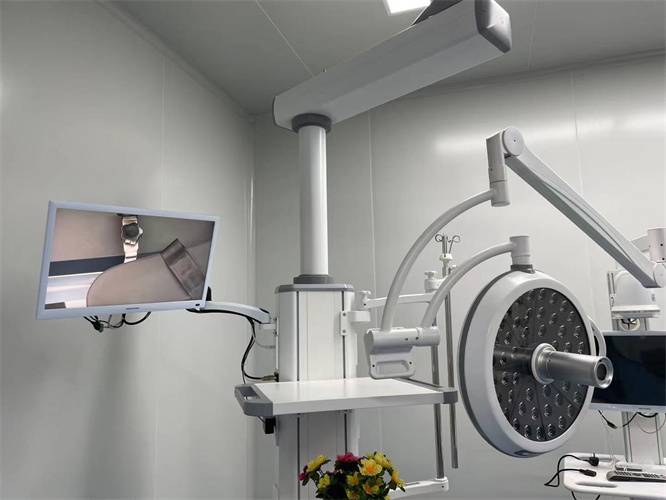
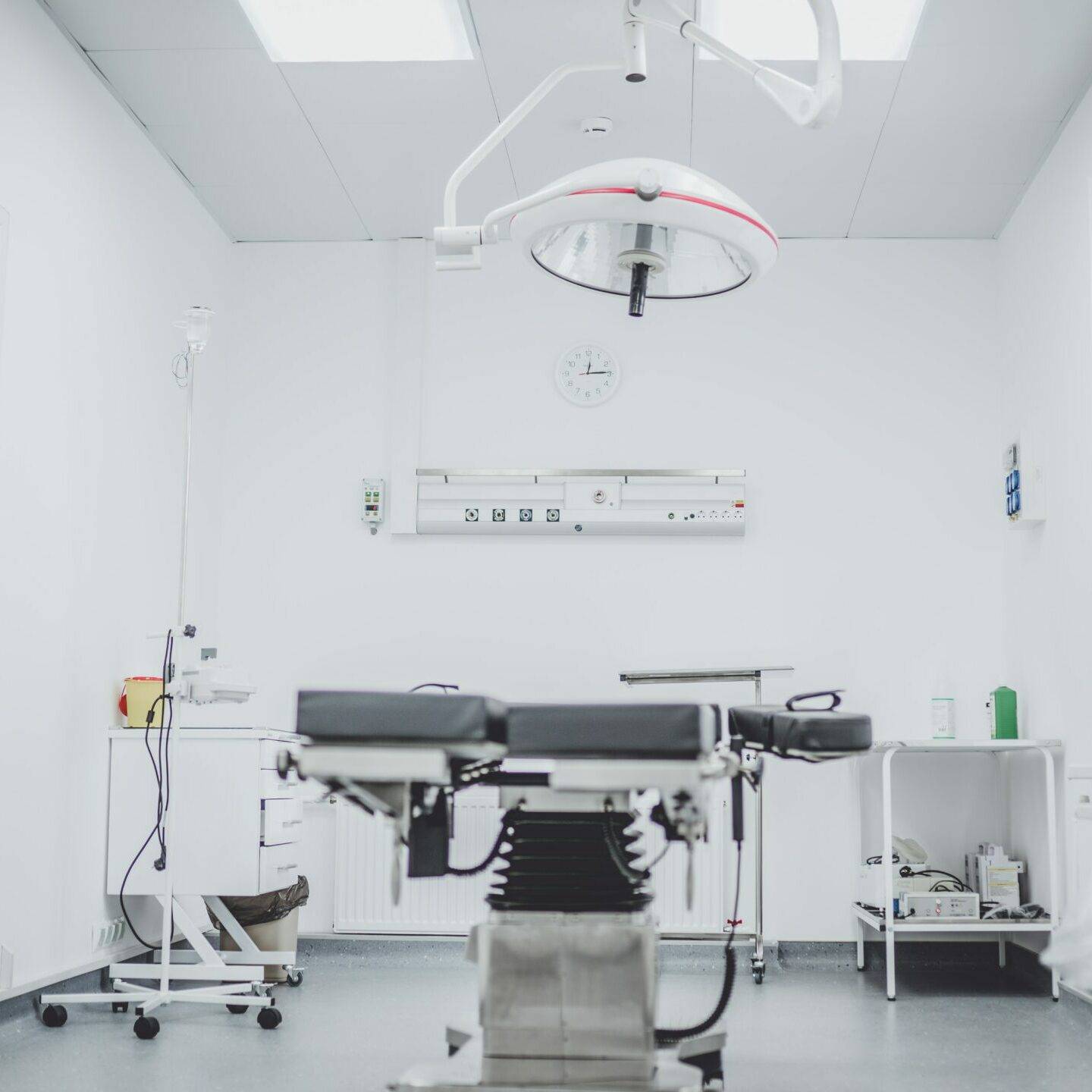
EXPERT MEDICAL si impegna a stabilire un sistema di qualità rassicurante durante l'intero processo di produzione delle apparecchiature mediche. Per questo valore fondamentale, siamo responsabili sia dei nostri clienti che dell'intero settore.
Choosing the right medical hospital bed is more than just...
Leggi di piùThis blog explores the importance of advanced medical lighting, its...
Leggi di piùIn this article, we’ll explore the essential steps to evaluate...
Leggi di piùThis blog explores the numerous benefits of investing in a...
Leggi di più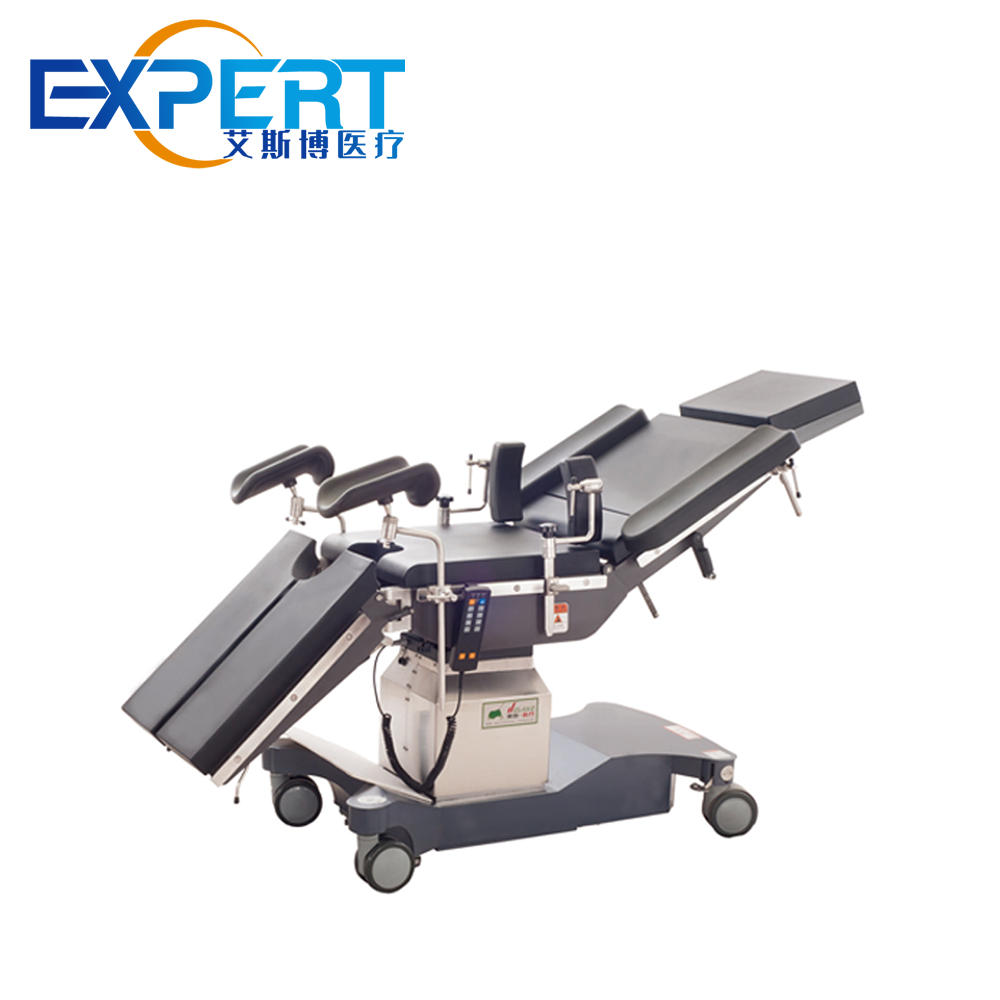
La serie di tavoli operatori Expert Medical soddisfa pienamente i requisiti di chirurgia generale, cuore, testa, collo, cavità toracica e altre operazioni chirurgiche.

Le serie di lampade operatorie Expert Medical sono coinvolte in vari campi di illuminazione chirurgica e sistema di illuminazione ausiliaria.
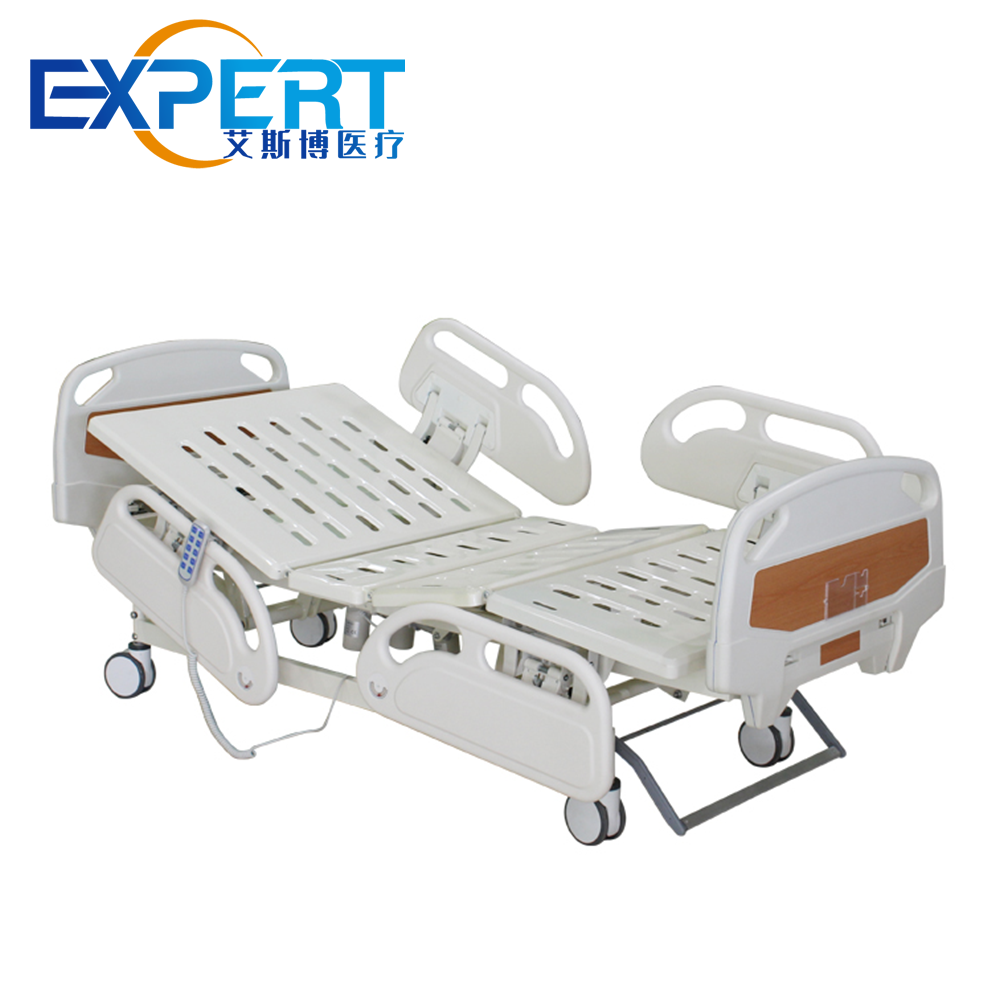
I medici esperti forniscono vari tipi di letti ospedalieri per terapia intensiva e infermieristica che hanno un design davvero bello e durevoli da usare.
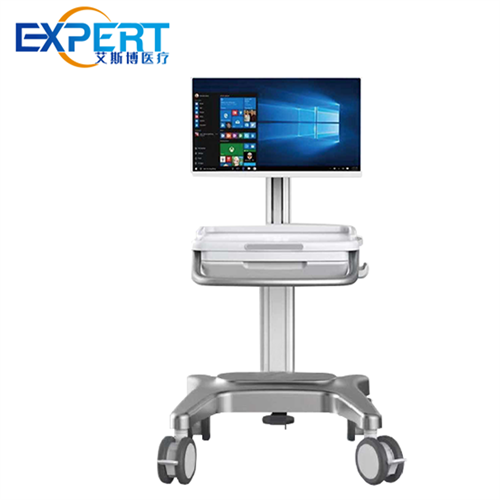
Che si tratti di cure mediche quotidiane o interventi chirurgici, i carrelli chirurgici Expert Medical possono aiutarti a lavorare in modo più efficiente.
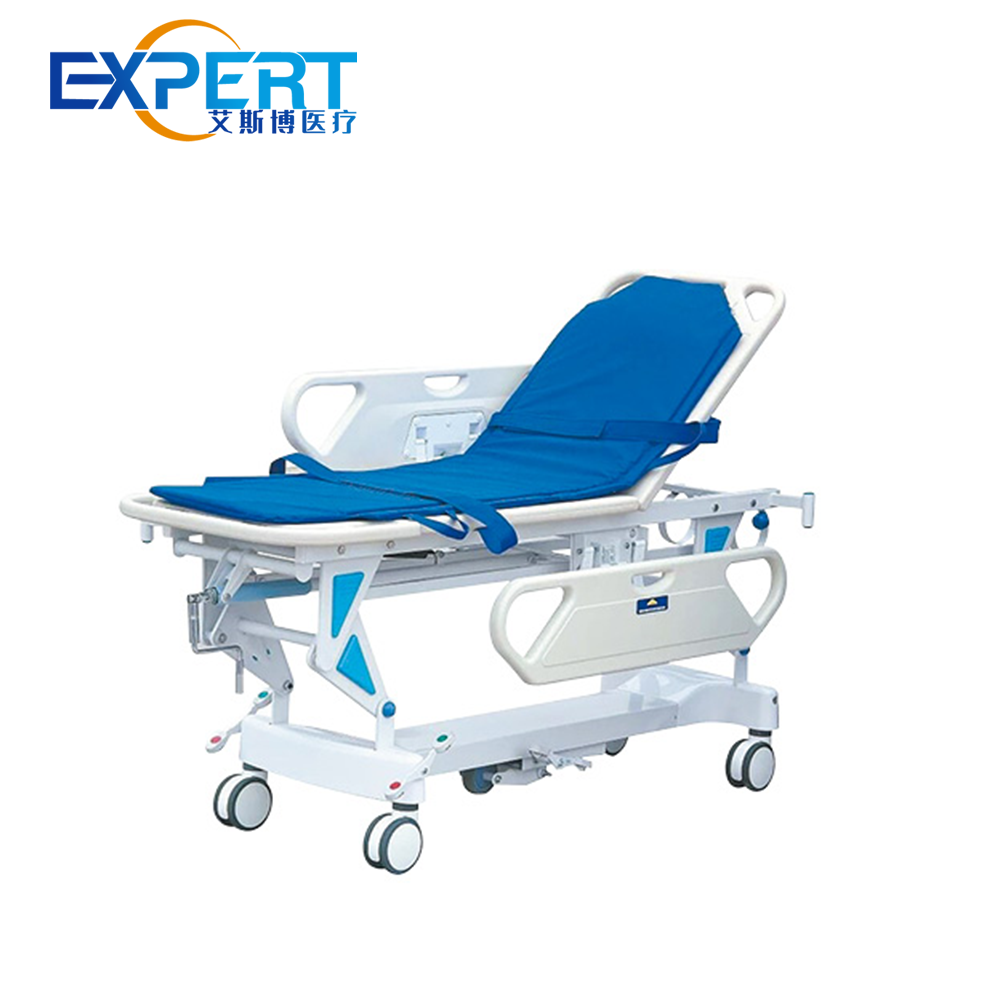
Con una varietà di barelle strutturali e funzionali, le barelle Expert forniscono un supporto di forza durante il salvataggio di emergenza e il trasporto dei pazienti.
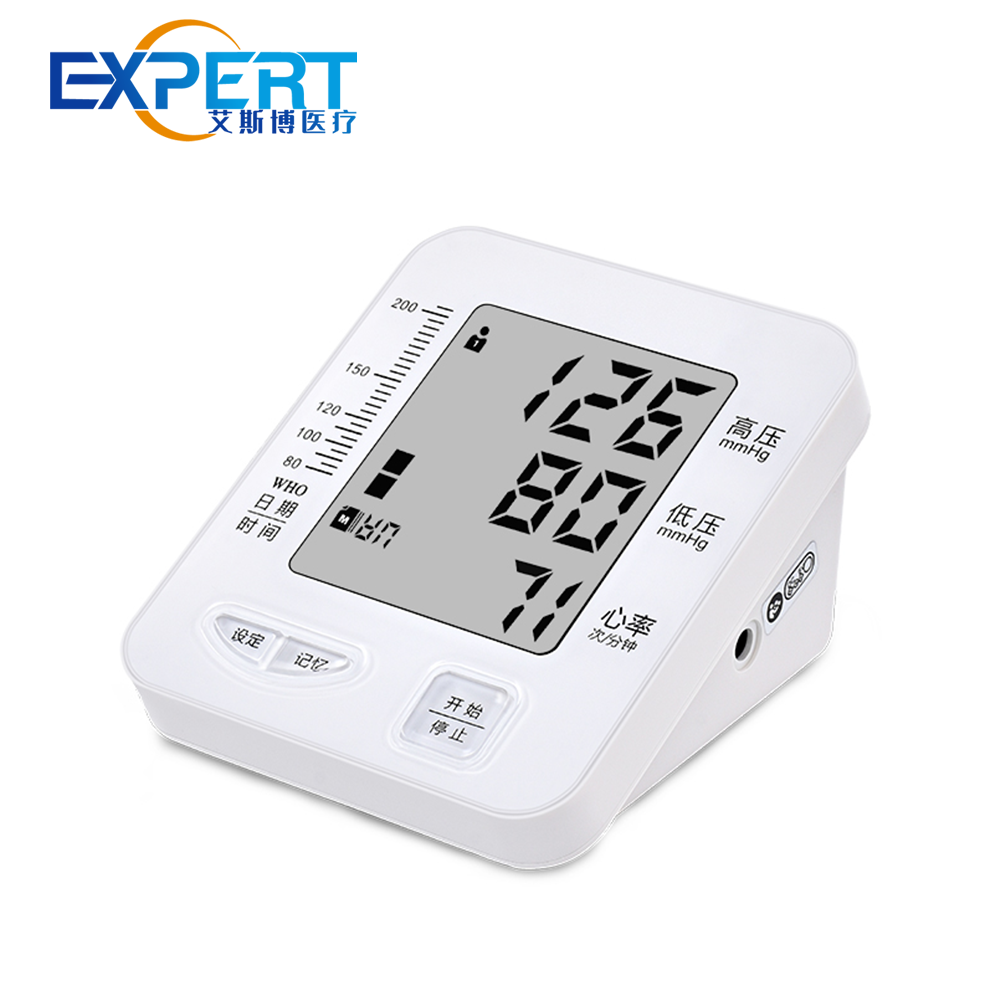
Gli altri dispositivi medici di Expert Medical lavorano insieme per aiutare a costruire un sistema medico completo.
Siamo impegnati a fornire un modello di vendita one-stop al cliente; Diamo un'attenzione più importante alla soddisfazione dei nostri clienti.
